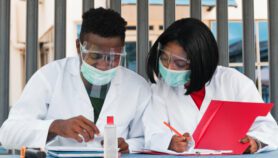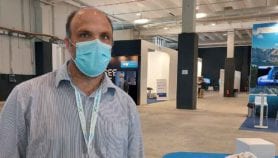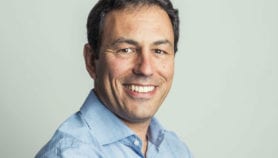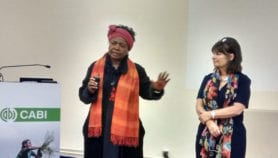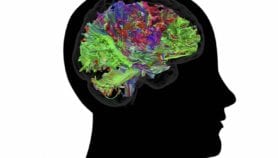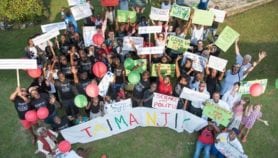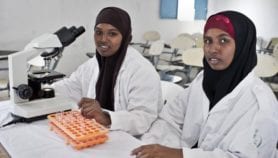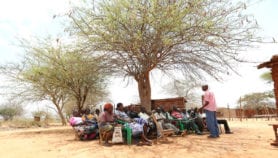By: Wagdy Sawahel
Send to a friend
The details you provide on this page will not be used to send unsolicited email, and will not be sold to a 3rd party. See privacy policy.
The first synchrotron facility for the Middle East, formally opened on 3 November, faces a shortfall of US$19 million that threatens its completion.
The centre, known as Synchrotron-light for Experimental Science and Applications in the Middle East (SESAME), was proposed in 1997, and approved by UNESCO in 2002 (See Middle East synchrotron gets the go-ahead). It is based in Allan town at Al-Balqa’ Applied University, some 30 kilometres west of the Jordanian capital Amman.
A synchrotron is a type of particle accelerator used mainly for producing high-intensity X-rays that can penetrate deep inside materials. This allows scientists to investigate small objects that cannot be seen by regular visible-light microscopes. The facility aims to promote peace and economic development in the region through science and technology collaboration.
SESAME members — Bahrain, Cyprus, Egypt, Iran, Israel, Jordan, the Palestinian Authority, Pakistan and Turkey — have opted for a third-generation, 2.5 GeV (giga-electron volt) machine rather than the originally intended one GeV machine. Funding the capital costs of this decision has proved tricky.
Much of the facility’s equipment has been donated by other units around the world that are upgrading their own equipment, including Germany, the UK, France and Switzerland.
But Nature last week reported optimism that the money will be found. Iran may step in by building some parts of the machine; and Qatar and Iraq may join the project.
SESAME will be used in medical research, environmental sciences, agriculture, advanced materials,industrial applications and minerals exploration. There will be training programmes to prepare scientists from the region to use the facilities and an annual meeting for potential collaborators.
Abderrahmane Tadjeddine, scientific deputy director of the France-based National Research Center for Scientific Research and an observer of the former international interim council of SESAME, says, "Not only scientists and researchers of the area will work together on cutting-edge experiments but also continuous upgrading and development of new set-ups will favor joint projects with local companies and stimulate technological transfer."
Eliezer Rabinovici, professor of physics at Israel-based Hebrew University of Jerusalem and a member of the SESAME council, says, "SESAME demonstrates that scientists in the Middle East can work together for over a decade with a common goal — increasing human knowledge for the benefit of all humanity. This is a beacon of hope for all in the area. That this should be done at a top facility with no compromise on quality is imperative."
More on Networks
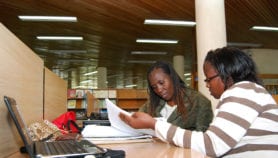
Script media release
Journalists offered ‘big break’ mentoring opportunity from Radio Nigeria
03/04/19


